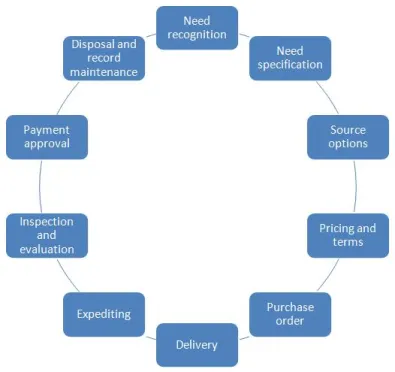Enterprise Workflow Automation: Transforming Business Processes in the Digital Age
- donnariekepro
- Aug 12, 2024
- 3 min read
In today's fast-paced digital landscape, businesses are continually seeking ways to enhance efficiency, reduce costs, and stay competitive. Enterprise workflow automation has emerged as a transformative strategy for achieving these goals. By leveraging advanced technologies to automate repetitive tasks and streamline processes, organizations can optimize their operations and drive significant productivity improvements.
What is Enterprise Workflow Automation?
Enterprise workflow automation involves the use of technology to automate business processes, reducing the need for manual intervention and increasing the speed and accuracy of task execution. This can include everything from automating routine tasks such as data entry and document approval to more complex processes like customer onboarding and supply chain management.
Key Benefits of Workflow Automation
Increased Efficiency
One of the primary advantages of workflow automation is its ability to increase efficiency. By automating repetitive and time-consuming tasks, businesses can free up valuable human resources to focus on more strategic activities. For example, automated document routing and approval systems can significantly speed up the approval process, reducing delays and ensuring that tasks are completed on time.
Enhanced Accuracy
Automation minimizes the risk of human error by ensuring that tasks are performed consistently and accurately. This is particularly important in processes that require a high degree of precision, such as financial reporting or compliance-related activities. Automated systems can validate data, enforce rules, and ensure that all steps in a process are followed correctly, leading to fewer mistakes and improved quality.
Cost Savings
By reducing the need for manual intervention and streamlining processes, workflow automation can lead to significant cost savings. Organizations can reduce operational costs by minimizing the time and resources required to complete tasks. Additionally, automation can help reduce errors that might lead to costly rectifications or compliance issues.
Improved Collaboration
Workflow automation can enhance collaboration by providing a centralized platform for managing tasks and information. Automated systems can facilitate better communication between teams, ensuring that everyone is on the same page and that information is shared efficiently. This can lead to faster decision-making and improved coordination across departments.
Scalability and Flexibility
As businesses grow and evolve, their processes need to adapt accordingly. Workflow automation provides the scalability and flexibility necessary to accommodate changing needs. Automated systems can be easily modified to handle new workflows or process changes, allowing organizations to respond quickly to market demands and operational changes.
Implementing Workflow Automation
Identify Key Processes
The first step in implementing workflow automation is to identify which processes will benefit most from automation. Start by analyzing your current workflows to determine which tasks are repetitive, time-consuming, or prone to errors. Prioritize processes that have the potential for significant efficiency gains or cost savings.
Choose the Right Tools
Selecting the right automation tools is crucial to the success of your automation strategy. There are various workflow automation platforms available, each offering different features and capabilities. Consider factors such as ease of integration with existing systems, scalability, and user-friendliness when choosing a tool.
Design and Implement Workflows
Once you have selected your automation tools, design and implement the workflows you wish to automate. This involves mapping out the process steps, defining rules and conditions, and configuring the automation tool to execute the tasks as required. It’s important to test the workflows thoroughly to ensure they function as intended.
Monitor and Optimize
After implementing automation, continuously monitor the performance of your workflows to ensure they are delivering the expected benefits. Gather feedback from users, track key performance indicators, and make adjustments as needed to optimize the processes further.
Conclusion
Enterprise workflow automation is a powerful tool for transforming business processes in the digital age. By increasing efficiency, enhancing accuracy, and reducing costs, automation enables organizations to stay competitive and agile in a rapidly changing environment. By carefully selecting and implementing the right automation tools, businesses can unlock new levels of productivity and drive long-term success. SITES WE SUPPORT
SOCIAL LINKS




Comments